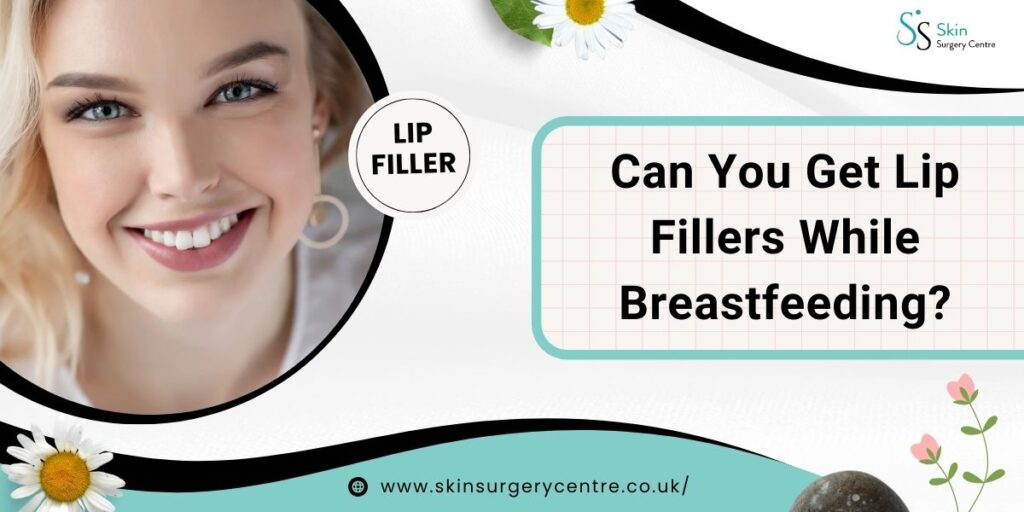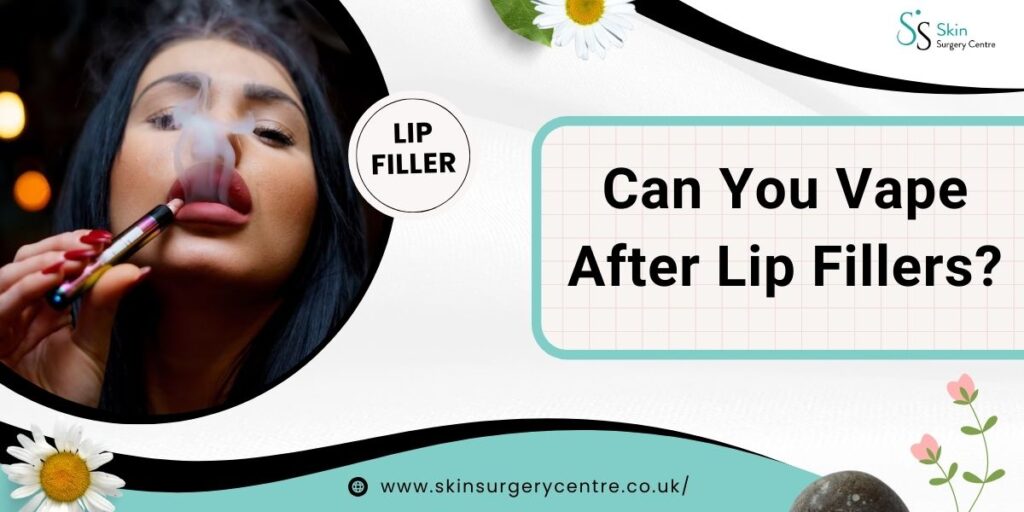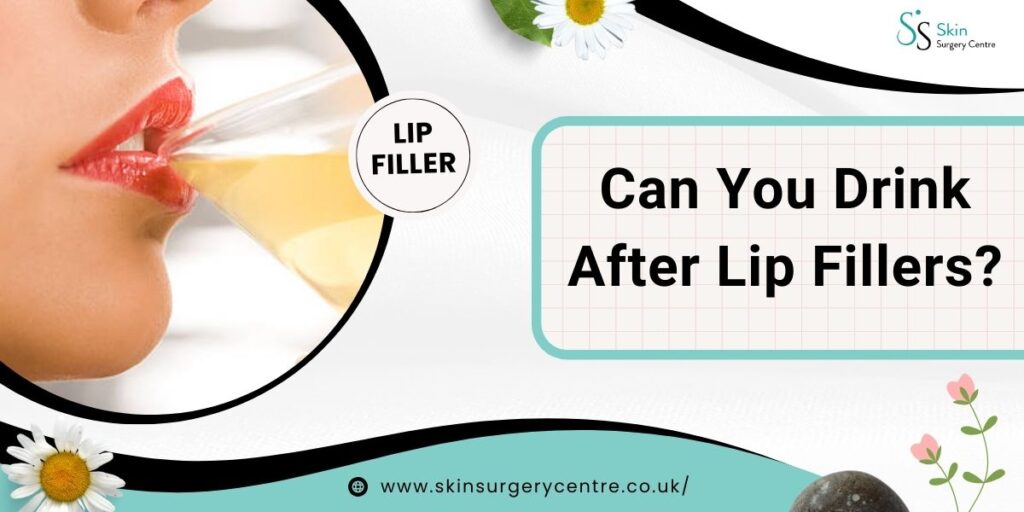Can You Get Lip Fillers While Breastfeeding? UK Expert Answers
Many new mums wonder: Can you get lip fillers while breastfeeding? It’s a common question in UK clinics, and this...

Lumps After Lip Filler at 2 Weeks: Today, lip fillers have become one of the most popular ways to enhance the shape, volume, and definition of your lips — but like any cosmetic treatment, they can come with a few temporary side effects.
Enhancing the volume, shape, and definition of one’s lips is now possible with lip filler injections. Even with such notable advancements, there are still negative outcomes that clients going to beauticians experience.
One of the more bothersome issues patients report with dermal lip filler injections is lumps or uneven texture two weeks after the procedure has been performed.
If this sounds familiar, don’t worry—you’re not alone.
In this article, I will delve deeper into the reasons for the occurrence of lumps post lip fillers, their life expectancy and management. This will help readers differentiate between normal healing patterns and when it’s best to consult an expert.
Yes, lumps after lip filler are extremely common and do not pose a concern. Most patients are believed to be part of the normal healing process. A degree of mild swelling and unevenness is observed when hyaluronic acid fillers such as Juvederm or Restylane fillers are injected into the lips.
Some of these lumps can form due to the following reasons:
Normal Swelling and Mild Hardness are part of the normal bodily reactions to the dermal lip implantation.
Filler Restriction: Your skin requires the filler to be integrated as tissue in order to assimilate comfortably and naturally.
Bruising: Blood capillaries that rupture during the process can lead to the formation of lumps which resemble bruises.
Most lumps will disappear within a few weeks as your lips heal and the filler settles.
To comprehend the situation better, first examine what might be causing the lumps in your lips. However, the following are the common culprits.
After any injection, the body responds with mild inflammation or swelling around the site of the injection. In most cases, the swelling is temporary and subsides within 1-2 weeks, which further contributes to the formation of lumps.
When the filler is not distributed evenly, even small lumps can become quite problematic. This can be a result of:
An unskilled injector who uses poor filling techniques.
Adding too much substance to some regions of the lips.
Nodules or granulomas are less common forms of lumps. These consist of an inflammatory response to the filler material which leads to a lump forming. Although modern fillers like hyaluronic acid make granulomas rare, older materials such as silicone tend to make it more common.
Certain fillers may trigger the immune system, causing inflammation, in which case lumps may form weeks later. These reactions are on the milder side but may result in some temporary deviations that are short-lived.
Most lumps resolve by themselves, which is the positive aspect. To keep in view, here’s a rough timeline of how lumps in the lips may progress:
Swelling and Bruising: These symptoms are usually self-limiting and resolve after the first 1-2 weeks.
Mild Unevenness or Lumps: These are known to persist for 3-4 weeks and gradually disappear as the tissues integrate the filler.
Persistent Lumps Beyond A Month: Lumps that do not resolve after 4 weeks tend to signal more concerning issues like poor filler placement, infection or adverse product reactions. These cases warrant professional evaluation.
For any lumps observed on the lips two weeks post filler procedure, the following may help alleviate the lumps:
With clean hands, rub the lumps gently. This can assist in evening out the lumpy areas by smoothing out uneven filler injections, but only do this when instructed by your practitioner.
Applying ice packs to certain areas can help alleviate swelling while at the same time preventing lumpiness. For effective results, wrap your ice pack in a clean cloth and place it on the affected area for a maximum of 10-15 minutes each time.
Please note, lumps are a common aspect of the healing process. In order to allow your lips to settle, it is essential to give them some time, which can last a few weeks or up to a month and about 4 weeks in total.
An experienced injector can address the remaining or worsening lumps using these methods:
Although most lumps after lip fillers are benign, there are some features that could suggest different pathogenic complications. If you observe any of the following symptoms, then be sure to call your practitioner:
These lumps can indicate an infection, or the filler is placed improperly.
These lumps can indicate a delayed allergic reaction or inflammation.
If there are signs of inflammation, medical attention is required immediately.
Apart from achieving desirable aesthetic results, safety is of utmost importance while receiving lip fillers and that is where the medical professional’s training becomes vital.
Practised and knowledgeable specialists are less prone to overfilling or misplacing the injection, which helps avoid lumps. Furthermore, any potential complications that may arise can be resolved swiftly by an expert.
For those who are contemplating getting lip fillers for the first time or seeking help for lumps following treatment, a skilled clinic with favourable reviews is always the better option.
It’s perfectly normal to experience lumps during your lip filler recovery — and most of them resolve on their own. Understanding what to expect and knowing when it’s important to see a doctor will help reduce stress and make it easier to attain the desired full lips.
For those experiencing lumps after receiving lip filler that seem out of the ordinary, booking an appointment with an experienced injector should be the first step. Always consider that your lips are sensitive, and skilled professionals can help greatly.
Are you ready to find out more about lip fillers and other cosmetic treatments? Subscribe to our newsletter and receive the latest tips, tricks, advice, and beauty recommendations from our experts directly to your inbox.




Many new mums wonder: Can you get lip fillers while breastfeeding? It’s a common question in UK clinics, and this...
If you’ve had lip fillers or are planning them, you may wonder: Can I put lip balm on after lip...
Can you exercise after lip fillers? At our London, Manchester, and Birmingham clinics, this is one of the most common...
Can you vape after lip fillers? It’s one of the most common questions we hear at our London, Manchester, and...
As one of the most sought-after procedures in cosmetic enhancement, lip fillers help people restore volume and definition to their...